Sleep is a necessary factor of wellness and good health. Sleep affects safety, thinking, learning, health and interpretation of events especially for children 18. When a child can’t sleep we see a decrease in many areas including alertness, memory, academic performance, and social skills 18,20,22. Much of this decline can be avoided through an increased awareness and subtle changes to sleep habits 18.
A variety of factors can affect the quality of a child’s sleep. The factors that will be addressed here include activity levels, sunlight, food and nutrition, light levels within the bedroom, and temperature. Since sleep is one of the most important factors for brain development 4, we will also discuss some activities that you can do to restore the quality of your child’s sleep and present several basic exercises from Mendability’s Sensory Enrichment Therapy program to assist you.
Activity levels
How active is your child on average? How many hours of play (outside or inside) does your child participate in that requires real effort? Many children on the spectrum are involved in highly-structured programs that may prevent them from getting the physical activity they need, which often creates sleep-related difficulties. Lack of sleep can cause toxicity, discomfort, headaches and night sweats 24.
Research shows that intense exercise can improve oxygenation of the brain and the cells 7, which helps the brain grow and repair itself while we sleep, especially in young people with disabilities 12,13,25. In our experience, one of the most efficient exercises that demands effort, deep breathing, and a quickened heart-rate is squats. We suggest calling this squatting exercise “the Frog dance.” To encourage participation, we invite you to turn on funny music, instruct your child to squat up and down (at least ten times), and do “the Frog dance” with them. The point is to elevate the heart rate for at least 20 minutes and to be able to see a small measure of exhaustion 9.
Sunlight
How many minutes or hours of sunlight exposure does your child receive each day? Depending on the time and season, our children may have limited exposure to direct sunlight, (e.g. at school, at home, driving in the car, during therapy programs). Limiting their exposure to direct sunlight decreases melatonin production 17 and can lead to vitamin D deficiency 3. Exposure to sunlight increases melatonin, which acts as a precursor for sleep. Additionally, Vitamin D directly affects and improves sleep 3.
To increase melatonin and Vitamin D intake, which are essential for sleep 21,8, we suggest spending at least an hour outside with your child, whether it be walking home from school or playing in the backyard (making sure toys and activities are in the sun instead of the shade). If forced inside by the season, be sure your child is near a window so he can catch some sunlight.
Food and Nutrition
What are the eating habits of your child? Does your child get all of the nutrients that she needs? Parents often place their children on restricted diets or children often decide only to eat specific foods. Whatever the situation, limited or restricted eating habits may lack the minerals that are crucial for a good night’s sleep 2.
Take note of what your child is eating and watch out for unexpected ingredients, such as green tea in fruit-flavored beverages. We suggest discussing your child’s current diet with a professional dietician. You could also review eating habits with your pediatrician and work together to produce the best food plan for your child.
Light levels in the bedroom
Are there inconsistent levels of artificial or natural light within your child’s bedroom? Recent research has shown that exposure to artificial light before bedtime can repress melatonin onset and disrupt normal sleep patterns 6. As a result, parents should try to keep the light in their child’s bedroom at a consistent level, placing covers over fish tanks, flashing lights, computer monitors, etc.
We suggest window covers to eliminate the distraction that comes from outside light, including passing car headlights. Additionally, we recommend investing in a small nightlight that does not flash or strobe different levels of light. The nightlight provides safety for the child and the parent by giving off enough light to see in a dark room.
Temperature
What is the temperature in your child’s room? In regards to temperature controls, it may be better for a bedroom to be a little cold as opposed to a little hot 10,14. In fact, our body temperature automatically drops while we sleep to save serotonin, which is a neurotransmitter involved in thermoregulation and sleep regulation 10,11,14,24.
We suggest having a cool room with a warm blanket available so the child may regulate their levels of comfort on their own. To sleep between a 62-66 Fahrenheit (17-19 Celsius), your child may not need to be completely covered by blankets while he sleeps 10,11,14.
How to Promote Better Sleep:
Reassure anxious children that you will be back
Some children may feel frightened or anxious when an adult leaves the bedroom since they do not understand why that person is no longer visible 16. To decrease your child’s desire to get out of bed, assure her that you will return in a certain number of minutes and make sure that you follow through. By having one to two of these moments each night, you are more likely to build your child’s confidence and alleviate her stress.
Transition to bedtime gently
In our experience, abruptly announcing that it is time for bed can raise anxious buildup levels in children. Instead, we suggest talking about bedtime with them, lowering the lights, and turning down the volume on the TV. By gradually changing the atmosphere of the house, you are decreasing the high amounts of sensory input that your child receives. Doing so should help your child feel more relaxed and give him a better chance of going to bed happily 23.
Sensory Enrichment and Sleep
Research has confirmed that pleasant bedtime activities (i.e., playing relaxing music, using soft voices, cuddling, and reading stories) can improve a child’s quality of sleep 5,12. Parents and caregivers who implement the Mendability exercises below have often commented that their children gradually changed their attitude towards bedtime 15. Typically, we suggest that parents do not use all of these activities in one night.
Touch and smell: After bath time, wrap your child in a warm towel and give him a hand and foot massage with a scented lotion. If your child does not tolerate the scent on his skin, you may turn on a diffuser instead.
- Smell and music: Put two drops of essential oil (e.g. cucumber, rose, vanilla) on your child’s pillow, or put a slice of cucumber in a tissue and slide that into her pillow case. Help your child lie down on her bed and turn on some calming instrumental music to play in the background 1,12,19.
Touch without seeing: Before bedtime, put some familiar objects into a pillowcase. Instruct your child to put one hand into the pillowcase and identify the items without looking.
- Matching textures: Touch your child’s foot with a random texture (e.g., a toy car, washcloth, a sponge). Afterward, present your child with three different objects and allow him to determine which texture touched his foot.
- Touch and proprioception (proprioception: awareness of the position of one’s body): Massage your child’s toes, or touch a toe and ask your child to lift her hand on the same side.
These various “end of the day” protocols help the child relax, as they help to reduce anxious buildup from the stresses of the day. Gradually, the child slows down, pays more attention to the scents, massages, and instrumental music and enjoys them more. Those protocols all focus on helping the brain prioritize pleasure versus discomfort, relaxation versus worry.
Sensory Enrichment Therapy has exercises that are specifically designed to help your child restore the quality of his sleep. To learn more about Mendability therapy please visit, www.mendability.com/sensory-enrichment-therapy.
References
1. Chen, C.-K., Chih-Kuang, C., Yu-Cheng, P., Ning-Hung, C., Li-Ting, H., Shih-Wei, C., … Chih-Kuan, W. (2014). Sedative Music Facilitates Deep Sleep in Young Adults. The Journal of Alternative and Complementary Medicine, 20(4), 312–317.
2. Deborah Enos, C. N. (n.d.). A Better Diet Could Mean a Better Night’s Sleep. Retrieved May 16, 2016, from http://www.livescience.com/38401-nutrients-linked-better-sleep.html
3. de Niet, G., Tiemens, B., Lendemeijer, B., & Hutschemaekers, G. (2009). Music-assisted relaxation to improve sleep quality: meta-analysis. Journal of Advanced Nursing, 65(7), 1356–1364.
4. Gominak, S. C., & Stumpf, W. E. (2012). The world epidemic of sleep disorders is linked to vitamin D deficiency. Medical Hypotheses, 79(2), 132–135.
5. Graven, S. N., & Browne, J. V. (2008). Sleep and Brain Development. Newborn and Infant Nursing Reviews: NAINR, 8(4), 173–179.
6. How Much Sleep Do We Really Need? (n.d.). Retrieved May 16, 2016, from https://sleepfoundation.org/how-sleep-works/how-much-sleep-do-we-really-need/page/0/2
7. Jasser, S. A. (2006). Dim Light Adaptation Attenuates Acute Melatonin Suppression in Humans. Journal of Biological Rhythms, 21(5), 394–404.
8. MacDonald, M., Megan, M., Phil, E., & Dale, U. (2011). The physical activity patterns of children with autism. BMC Research Notes, 4(1), 422.
9. Melatonin-Overview. (n.d.). Retrieved May 16, 2016, from http://www.webmd.com/sleep-disorders/tc/melatonin-overview
10. Mendability. (2010, August 21). Aerobic Exercise and Brain Repair | Mendability for Autism. Retrieved May 18, 2016, from https://mendability.com/sensory-enrichment/aerobic-exercise-and-brain-repair/
11. Murray, N. M., Buchanan, G. F., & Richerson, G. B. (2015). Insomnia Caused by Serotonin Depletion is Due to Hypothermia. Sleep, 38(12), 1985–1993.
12. Natarajan, R., Northrop, N. A., & Yamamoto, B. K. (2015). Protracted effects of chronic stress on serotonin-dependent thermoregulation. Stress , 18(6), 668–676.
13. Ploughman, M., & Michelle, P. (2008). Exercise is brain food: The effects of physical activity on cognitive function. Developmental Neurorehabilitation, 11(3), 236–240.
14. Schwartz, P. J., Rosenthal, N. E., & Wehr, T. A. (1998). Serotonin 1A receptors, melatonin, and the proportional control thermostat in patients with winter depression. Archives of General Psychiatry, 55(10), 897–903.
15. Sensory Enrichment Therapy Clinical Studies. (n.d.). Retrieved May 16, 2016, from https://mendability.com/testimonials/
16. Separation Anxiety. (2014, November 14). Retrieved May 19, 2016, from https://www.anxietybc.com/parenting/separation-anxiety-disorder
17. Shanahan, T. L., & Czeisler, C. A. (1991). Light Exposure Induces Equivalent Phase Shifts of the Endogenous Circadian Rhythms of Circulating Plasma Melatonin and Core Body Temperature in Men*. The Journal of Clinical Endocrinology and Metabolism, 73(2), 227–235.
18. Sleep Habits: More Important Than You Think. (n.d.). Retrieved May 6, 2016, from http://www.webmd.com/sleep-disorders/features/important-sleep-habits
19. Tan, L. P. (2004). The effects of background music on quality of sleep in elementary school children. Journal of Music Therapy, 41(2), 128–150.
20. Urbain, C., De Tiège, X., Op De Beeck, M., Bourguignon, M., Wens, V., Verheulpen, D., … Peigneux, P. (2016). Sleep in children triggers rapid reorganization of memory-related brain processes. NeuroImage, 134, 213–222.
21. Vitamin D may relate to sleep, says new study | Vitamin D Council. Retrieved May 16, 2016, from https://www.vitamindcouncil.org/blog/vitamin-d-may-relate-to-sleep-says-new-study/
22. Walker, M. P., & Robert, S. (2006). Sleep, Memory, and Plasticity. Annual Review of Psychology, 57(1), 139–166.
23. Wilder, J., & Granlund, M. (2015). Stability and change in sustainability of daily routines and social networks in families of children with profound intellectual and multiple disabilities. Journal of Applied Research in Intellectual Disabilities: JARID, 28(2), 133–144.
24. Xie, L., Kang, H., Xu, Q., Chen, M. J., Liao, Y., Thiyagarajan, M., … Nedergaard, M. (2013). Sleep drives metabolite clearance from the adult brain. Science, 342(6156), 373–377.
25. Youngstedt, S. D. (2007). S20.C Acute and adaptive effects of physical exercise on sleep. Sleep Medicine, 8, S25.

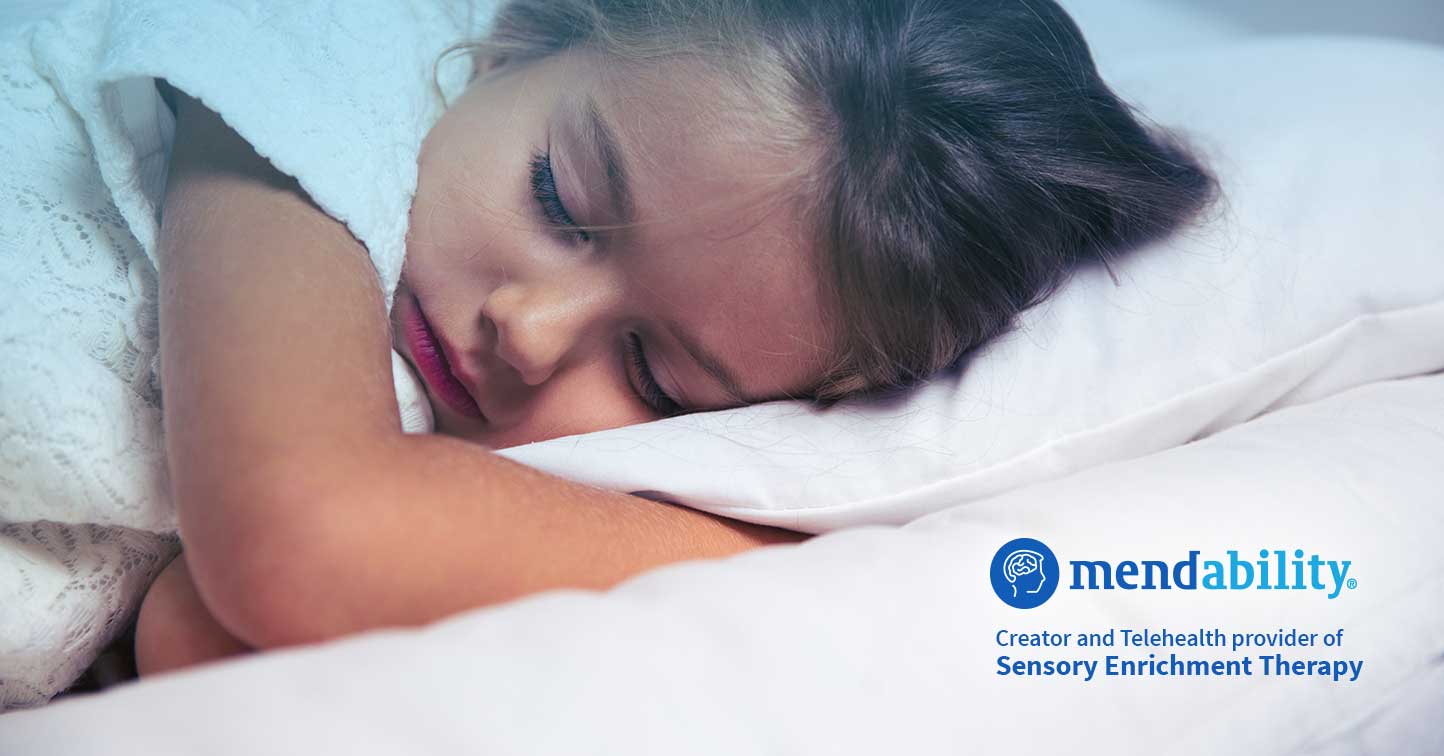
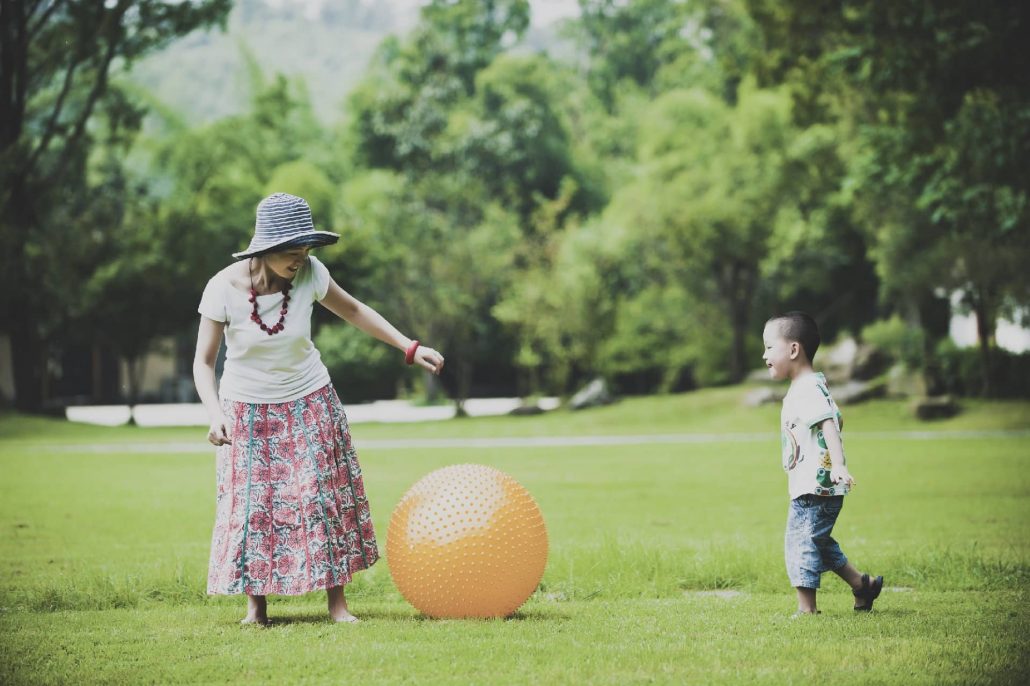
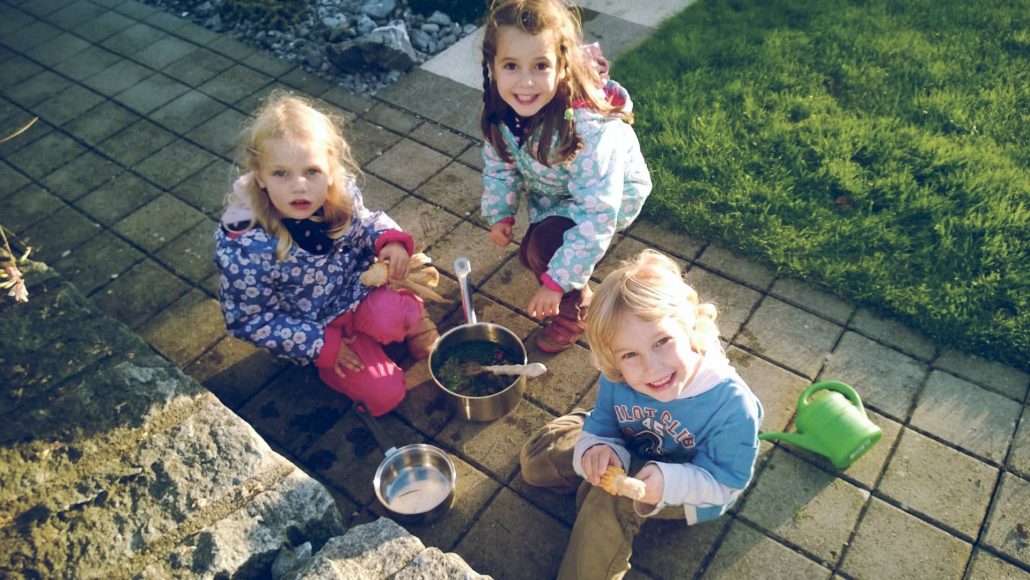

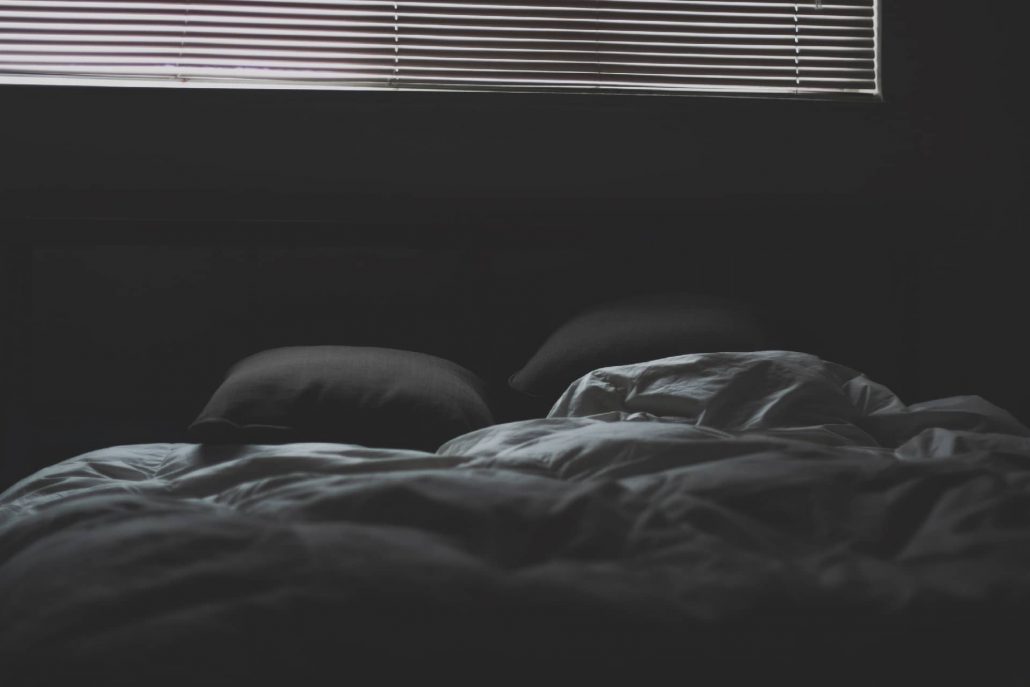
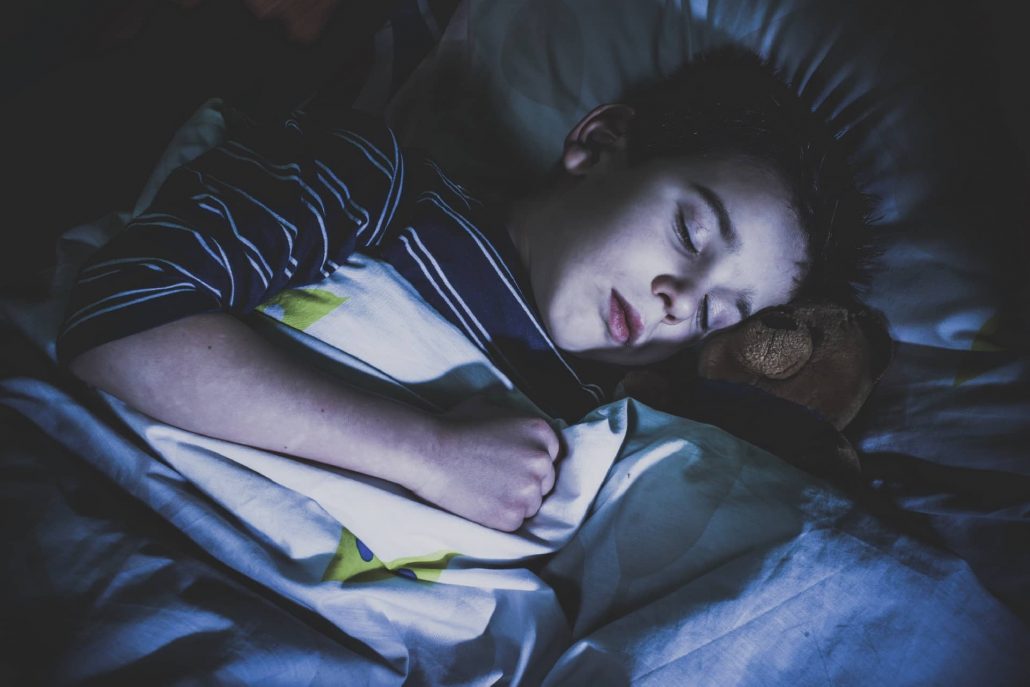
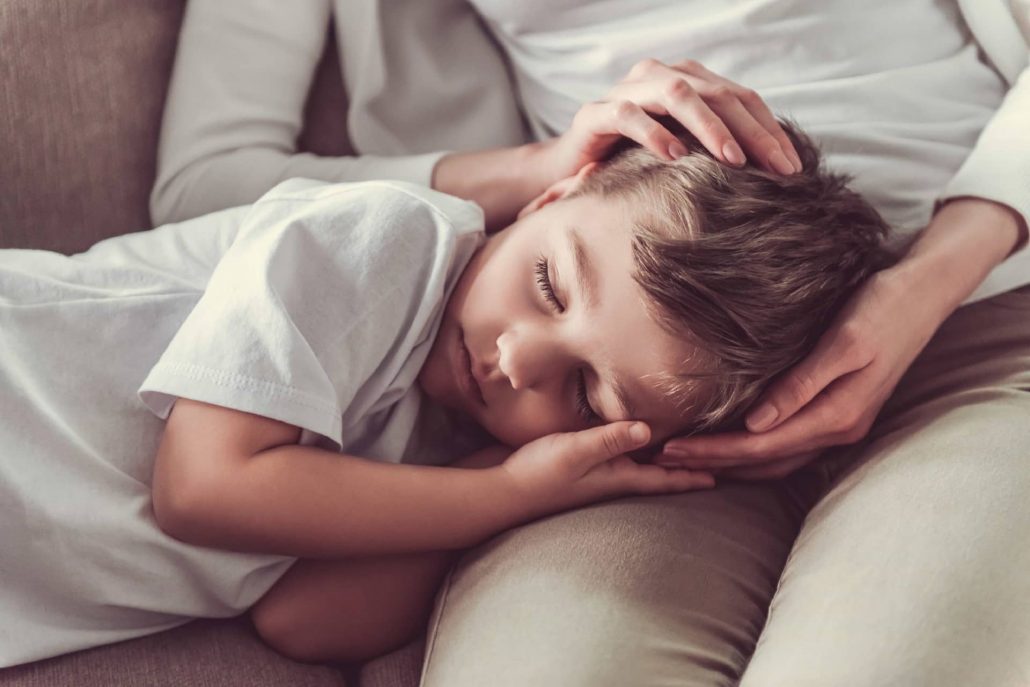
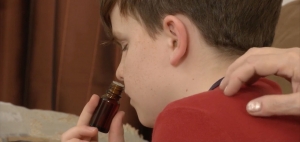 Touch and smell: After bath time, wrap your child in a warm towel and give him a hand and foot massage with a scented lotion. If your child does not tolerate the scent on his skin, you may turn on a diffuser instead.
Touch and smell: After bath time, wrap your child in a warm towel and give him a hand and foot massage with a scented lotion. If your child does not tolerate the scent on his skin, you may turn on a diffuser instead. Touch without seeing: Before bedtime, put some familiar objects into a pillowcase. Instruct your child to put one hand into the pillowcase and identify the items without looking.
Touch without seeing: Before bedtime, put some familiar objects into a pillowcase. Instruct your child to put one hand into the pillowcase and identify the items without looking.